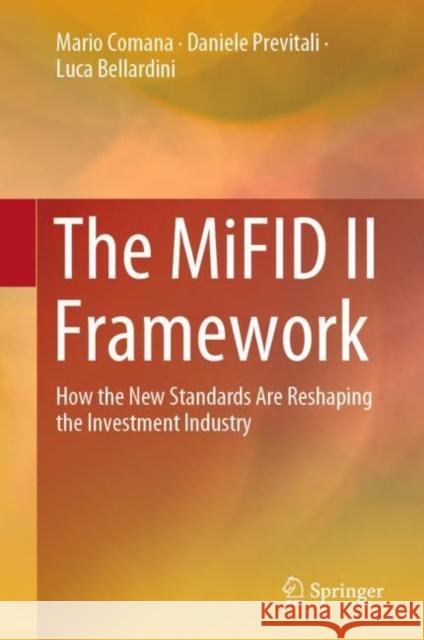The Mifid II Framework: How the New Standards Are Reshaping the Investment Industry » książka
topmenu
The Mifid II Framework: How the New Standards Are Reshaping the Investment Industry
ISBN-13: 9783030125035 / Angielski / Twarda / 2019 / 232 str.
The Mifid II Framework: How the New Standards Are Reshaping the Investment Industry
ISBN-13: 9783030125035 / Angielski / Twarda / 2019 / 232 str.
cena 523,30
(netto: 498,38 VAT: 5%)
Najniższa cena z 30 dni: 501,19
(netto: 498,38 VAT: 5%)
Najniższa cena z 30 dni: 501,19
Termin realizacji zamówienia:
ok. 22 dni roboczych
Dostawa w 2026 r.
ok. 22 dni roboczych
Dostawa w 2026 r.
Darmowa dostawa!
Kategorie:
Kategorie BISAC:
Wydawca:
Springer
Język:
Angielski
ISBN-13:
9783030125035
Rok wydania:
2019
Wydanie:
2019
Ilość stron:
232
Oprawa:
Twarda
Wolumenów:
01











